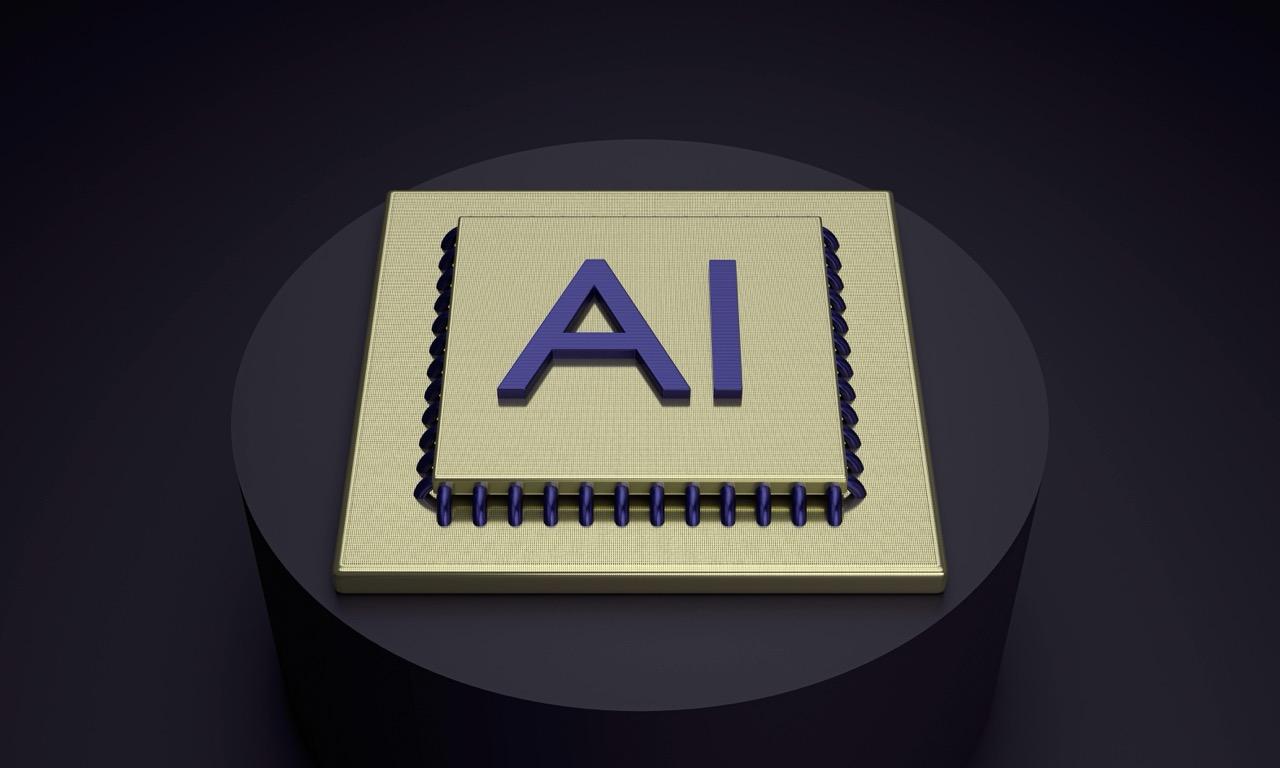Hugging Face, a startup business in artificial intelligence (AI), has expanded its repertoire of services with an array of development tools tailored for data science applications, offering a shared platform similar to GitHub that is focused on AI.
This platform includes an assortment of code repositories, data collections, and models, as well as interfaces that demonstrate AI-driven applications.
A small yet remarkably effective team within the company, consisting of just two individuals who came together at the start of the year, is now making waves. This duo, known as H4—which stands for "helpful, honest, harmless, and huggy"—has its sights set on empowering the AI community. Their objective is to facilitate the creation of chatbots with capabilities akin to those of the widely recognized ChatGPT.
Following the launch of ChatGPT, H4 was established with the intent of exploring the potential of utilizing open-source tools and libraries to mimic similar functionalities, as shared by Lewis Tunstall, a machine learning engineer at Hugging Face and one of H4's members.
Expanding the AI Community's Toolbox
H4 has taken the lead on several new open-source language models. Their projects include Zephyr-7B-α, a specialized version of the Mistral 7B model designed for conversations, and a modification of the Falcon-40B model to better handle natural language requests.
Training these advanced models, H4 leverages a robust infrastructure, utilizing a powerful cluster of Nvidia A100 graphics processing units. Despite the geographical distance, with team members operating remotely in Europe, they receive comprehensive support from other Hugging Face teams specializing in model evaluation and testing.
H4 has opted for a compact team size, allowing for agility and adaptability in their research endeavors. Their work includes collaborating with external partners on joint project releases. Presently, they are delving into various techniques to align AI behaviors with human feedback, advancing the community's understanding of such methodologies.
Recently, H4 made their handbook public, which contains the source code and data they utilized for their Zephyr model, and they intend to continue sharing their innovations, maintaining transparency, and fostering collective progress within the AI field.
While H4's work does not generate direct revenue, it does contribute to Hugging Face's broader business objectives, such as the Expert Acceleration Program that aids enterprises in developing tailor-made AI solutions.
Despite the potential competitive landscape with other open-source AI initiatives, H4 maintains that its goal isn't to compete but to enrich the AI community by offering access to the core resources of its chat models.
Photo: Mohamed Nohassi



 US Charges Two Men in Alleged Nvidia Chip Smuggling Scheme to China
US Charges Two Men in Alleged Nvidia Chip Smuggling Scheme to China  SoftBank Shares Slide as Oracle’s AI Spending Plans Fuel Market Jitters
SoftBank Shares Slide as Oracle’s AI Spending Plans Fuel Market Jitters  SpaceX CEO Elon Musk Denies Reports of $800 Billion Valuation Fundraise
SpaceX CEO Elon Musk Denies Reports of $800 Billion Valuation Fundraise  SK Hynix Labeled “Investment Warning Stock” After Extraordinary 200% Share Surge
SK Hynix Labeled “Investment Warning Stock” After Extraordinary 200% Share Surge  Microsoft Unveils Massive Global AI Investments, Prioritizing India’s Rapidly Growing Digital Market
Microsoft Unveils Massive Global AI Investments, Prioritizing India’s Rapidly Growing Digital Market  U.S.-EU Tensions Rise After $140 Million Fine on Elon Musk’s X Platform
U.S.-EU Tensions Rise After $140 Million Fine on Elon Musk’s X Platform  Nvidia Develops New Location-Verification Technology for AI Chips
Nvidia Develops New Location-Verification Technology for AI Chips  Trump Signs Executive Order to Establish National AI Regulation Standard
Trump Signs Executive Order to Establish National AI Regulation Standard  Australia’s Under-16 Social Media Ban Sparks Global Debate and Early Challenges
Australia’s Under-16 Social Media Ban Sparks Global Debate and Early Challenges  SK Hynix Shares Surge on Hopes for Upcoming ADR Issuance
SK Hynix Shares Surge on Hopes for Upcoming ADR Issuance  U.S. Greenlights Nvidia H200 Chip Exports to China With 25% Fee
U.S. Greenlights Nvidia H200 Chip Exports to China With 25% Fee  EU Court Cuts Intel Antitrust Fine to €237 Million Amid Long-Running AMD Dispute
EU Court Cuts Intel Antitrust Fine to €237 Million Amid Long-Running AMD Dispute  IBM Nears $11 Billion Deal to Acquire Confluent in Major AI and Data Push
IBM Nears $11 Billion Deal to Acquire Confluent in Major AI and Data Push  Australia Enforces World-First Social Media Age Limit as Global Regulation Looms
Australia Enforces World-First Social Media Age Limit as Global Regulation Looms  Intel’s Testing of China-Linked Chipmaking Tools Raises U.S. National Security Concerns
Intel’s Testing of China-Linked Chipmaking Tools Raises U.S. National Security Concerns  Trump Criticizes EU’s €120 Million Fine on Elon Musk’s X Platform
Trump Criticizes EU’s €120 Million Fine on Elon Musk’s X Platform 































